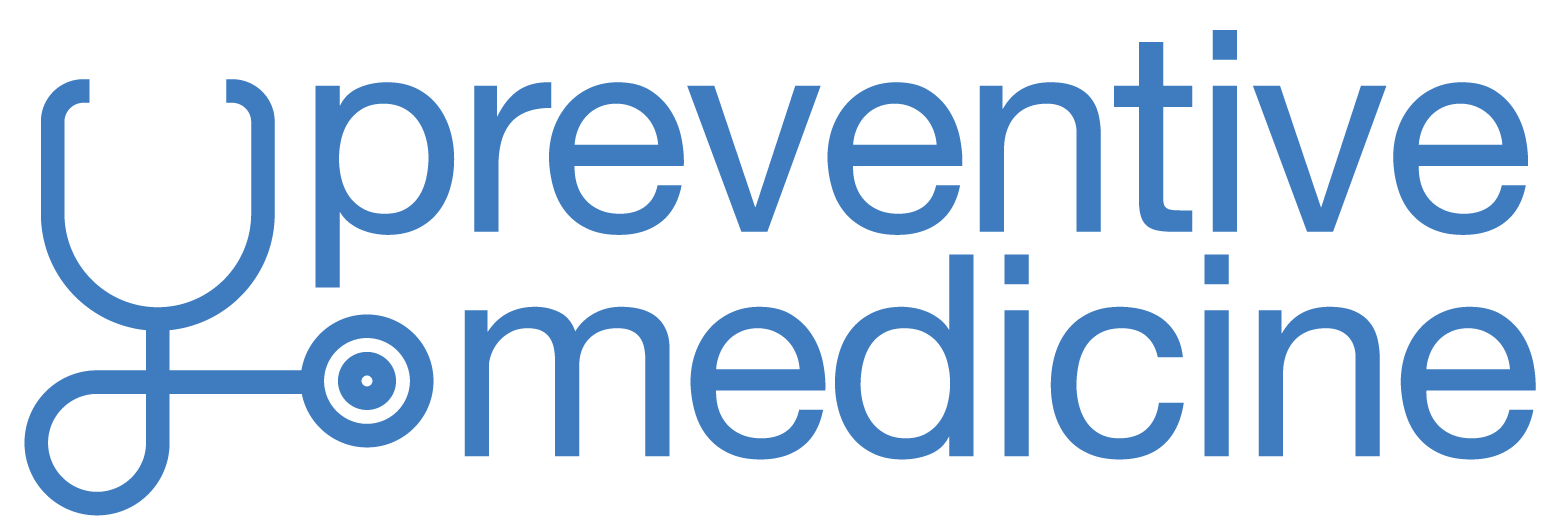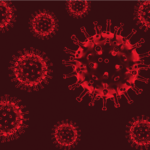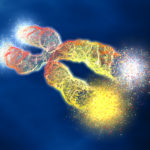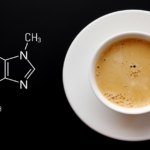A new preclinical study found SARS-CoV-2 dysregulates NAD+ synthesis and utilization in infected individuals. The focus of this new study is medical preventative strategies meant to combat SARS-CoV-2 infection. In the study, researchers found that the COVID-19 virus turns off two gene pathways for NAD production and enhances gene activity in two other pathways when it infects the cell [5].
The study used ferrets, cell lines, and deceased patient’s lung epithelial tissue to uncover COVID-19’s effect on disturbing the gene set that controls cellular NAD. The infection of CoV attacks the host NAD; the NAD gene set, NAD metabolome, and PARP were discovered as the defining features of the coronavirus infection. Understanding these characteristics of CoV infection can help attain the components needed to boost innate immunity and fight off the infection [4].
SARS-CoV-2 Characteristics
SARS-CoV-2 is a coronavirus (CoV) that has been found to be more lethal in aged individuals and those with comorbid conditions. The virus is transmitted mainly by lipid droplets and infects lung epithelial cells [Wu]. SARS-CoV-2 replication is carried through the formation of double-stranded RNA, which evokes an interferon (IFN) response. IFN proteins are secreted by infected cells to engage in IFN receptors and induce the expression of a set of IFN-stimulated genes (ISGs). The collective activity of ISGs is to reorient cellular metabolism toward infection control [1].
SARS-CoV-2 Deregulates NAD+ Synthesis
Among the ISGs are several members of the poly(ADP-ribose) polymerase (PARP) superfamily. SARS-CoV-2 has been found to dysregulate NAD metabolome, by inducing a set of PARP family members. The study used the mouse hepatitis virus (MHV), which is a type of CoV that infects mice, to indicate that MHV infection strongly induces the expression of PARP superfamily members. PARP12 and PARP14 are identified as CoV-induced ISGs, suggesting that these two genes have direct involvement in establishing the innate immune response within CoV infected cells [4].
CoV ADP-ribosyl hydrolase (CARH) reverses the modification that is installed by the IFN-induced activities of the MARylating PARP family [3]. PARP12 & PARP14 are identified as CoV-induced ISGs. These genes are required for the depressed replication of CARH mutant viruses, indicating their activity is opposed by CARH-mediated reversal of ADP-ribosylation [4]. Additionally, PARP12 has been shown to inhibit a wide array of RNA viruses. Most CoV genomes encode 16 non-structural proteins (nsps). Nsp10 of SARS-CoV is a potential inhibitor of electron transport at the NADH site of complex 1 in the mitochondrial electron transport chain [6]. This study aimed to use these observations to suggest that significant events in the inherent immune response to viral infections are played out within the infected cell’s NAD metabolome [4].
Results
This preliminary study strived to demonstrate how viral infection induces high-level expression of multiple PARP isozymes. SARS-CoV-2 infection of ferrets and the human appeared to down-regulate synthesis of NAD. Additionally, the MHV infection resulted in a significant depression of key cellular NAD metabolites (figure 1a), and PARP10 overexpression is sufficient to force the NAD metabolism in a manner that resembles an MHV infection (figure 1b). There are many different approaches that exist to restore NAD. This study beckons further analysis of various approaches to use nutrition and therapy as potential measures to boost natural immunity in order to restrict CoV viral infection [4].

Preventative Measures
Age and conditions of metabolic stress (obesity, type II diabetes, smoking, heart failure, nerve damage, and central brain injury) in humans already challenge the NAD system, NAD+ and NADP+ are extremely sensitive to a CoV infection. The combination of these factors contributes to SARS-CoV-2 being one of the most dangerous threats to global public health of the past century [7].
Nucleotide, protein, and lipid synthesis are fundamental to cellular processes in which the virus exploits access to the NAD metabolome. Because viral infection significantly depresses the NAD metabolome, it is likely to cause substantial stress on the cells as CoV seizes the nucleotides for its own use. The importance of NAD+ levels for maximal PARP activity, suggests the pharmacological targeting of CARH and boosting the cytosolic NAD metabolome to promote PARP functions are potentially useful approaches to combating CoV. These approaches have the potential to support the innate immune system and address the age, smoking, and comorbid conditions that are associated with the worse cases of infected individuals with SARS-CoV-2 disease.
The focus of this preclinical research was prevention efforts meant to boost an individual’s inherent immune response when infected with CoV. Interestingly a small clinical trial discovered the benefits of taking 1 gram of Niagen nicotinamide riboside (NR) per day (figure 1). It was discovered that Niagen NR elevated the muscle NAD metabolome [2]. This study supports that taking Niagen NR and other NAD promoters should be tested for the prevention efforts they could potentially supply for future COVID-19-disease patients [4]. Further research is necessary in order to find definitive answers toward the use of preventative medicine against COVID-19, in order to start clinical trials of particular innate immune boosters.
References
- Channappanavar, R., Fehr, A. R., Zheng, J., Wohlford-Lenane, C., Abrahante, J. E., Mack, M., . . . Perlman, S. (2019). IFN-I response timing relative to virus replication determines MERS coronavirus infection outcomes. J Clin Invest, 130, 3625-3639. doi:10.1172/JCI126363. https://www.ncbi.nlm.nih.gov/pmc/articles/PMC6715373/
- Elhassan, Y. S., Kluckova, K., Fletcher, R. S., Schmidt, M. S., Garten, A., Doig, C. L., . . . Lavery, G. G. (2019). Nicotinamide Riboside Augments the Aged Human Skeletal Muscle NAD(+) Metabolome and Induces Transcriptomic and Anti-inflammatory Signatures. Cell Rep, 28(7), 1717-1728 e1716. doi:10.1016/j.celrep.2019.07.043. https://www.ncbi.nlm.nih.gov/pmc/articles/PMC6702140/
- Fehr, A. R., Channappanavar, R., Jankevičius, G., Fett, C., Zhao, J., Athmer, J., . . . Perlman, S. (2016). The Conserved Coronavirus Macrodomain Promotes Virulence and Suppresses the Innate Immune Response during Severe Acute Respiratory Syndrome Coronavirus Infection. mBio, 7(6). doi:10.1128/mBio.01721-16. https://www.ncbi.nlm.nih.gov/pmc/articles/PMC5156301/
- Heer, C. D., Sanderson, D. J., Alhammad, Y. M. O., Schmidt, M. S., Trammell, S. A. J., Perlman, S., … Brenner, C. (2020). Coronavirus Infection and PARP Expression Dysregulate the NAD Metabolome: A Potentially Actionable Component of Innate Immunity. bioRxiv. https://doi.org/10.1101/2020.04.17.047480.
- Krawiec, S. (2020, May 1). Preclinical research shows that COVID-19 infection may dysregulated NAD synthesis. Retrieved from https://www.nutritionaloutlook.com/science/preclinical-research-shows-covid-19-infection-may-dysregulate-nad-synthesis
- Li, Q., Wang, L., Dong, C., Che, Y., Jiang, L., Liu, L., . . . Ma, S. (2005). The interaction of the SARS coronavirus non-structural protein 10 with the cellular oxido-reductase system causes an extensive cytopathic effect. J Clin Virol, 34(2), 133-139. doi:10.1016/j.jcv.2004.12.019. https://www.ncbi.nlm.nih.gov/pubmed/16157265
- Wu, D., Wu, T., Liu, Q., & Yang, Z. (2020). The SARS-CoV-2 outbreak: what we know. Int J Infect Dis. doi:10.1016/j.ijid.2020.03.004. https://www.ncbi.nlm.nih.gov/pmc/articles/PMC7102543/
